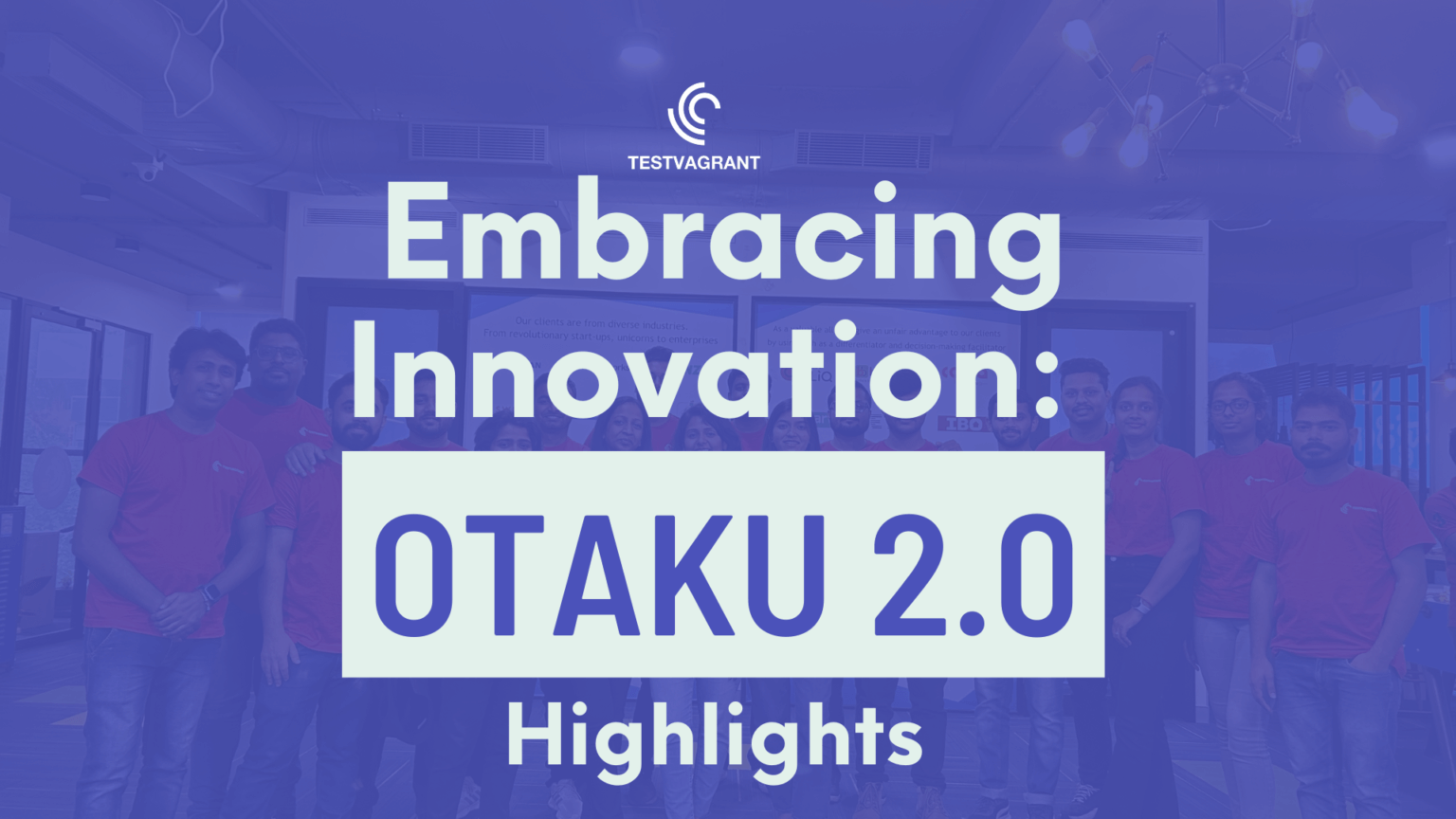
Test Observability & Engineering effectiveness
“Engineering Effectiveness” has been a central topic of discussion and focus this year

Warning Signs!
“The crucial first step is to gauge the ground realities regarding your performance in key engineering metrics. These metrics serve as red flags, signaling whether a QA transformation is imperative.”
In conclusion, if your company is grappling with any of these warning signs, it’s time to seriously consider a QA transformation. The journey towards enhanced software quality and efficient development processes begins with a thorough assessment of your current QA strategy.
By addressing these warning signs head-on and prioritizing the right metrics, you can lay the foundation for a successful QA transformation. Remember, the investment in QA is an investment in the long-term success and sustainability of your organization. As an expert in the field, I’ve witnessed the transformative power of a strategic QA approach, and I encourage you to take proactive steps towards ensuring the highest standards of software quality in your company. The time for QA transformation is now!

“Engineering Effectiveness” has been a central topic of discussion and focus this year

With us, you’re not just a part of a company; you’re part of a movement dedicated to pushing boundaries, breaking barriers, and achieving the extraordinary.

Otaku 2.0 sought to redefine the way we approach testing, celebrate the spirit of innovation, and pave the way for a brighter future in tech.